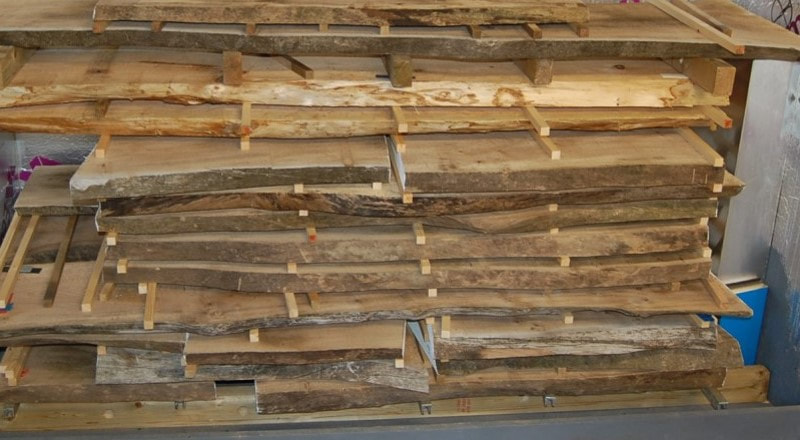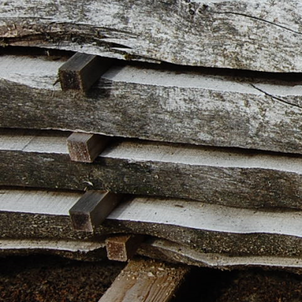Kiln Dried v Air Dried Wood - What's the difference and does it matter?
We recommend that you read this page before you buy any live edge boards from us or elsewhere. If the wood is not at the right moisture content for your project then big problems can arise. A few minutes of your time now will save you hours of time, hassle and money.

